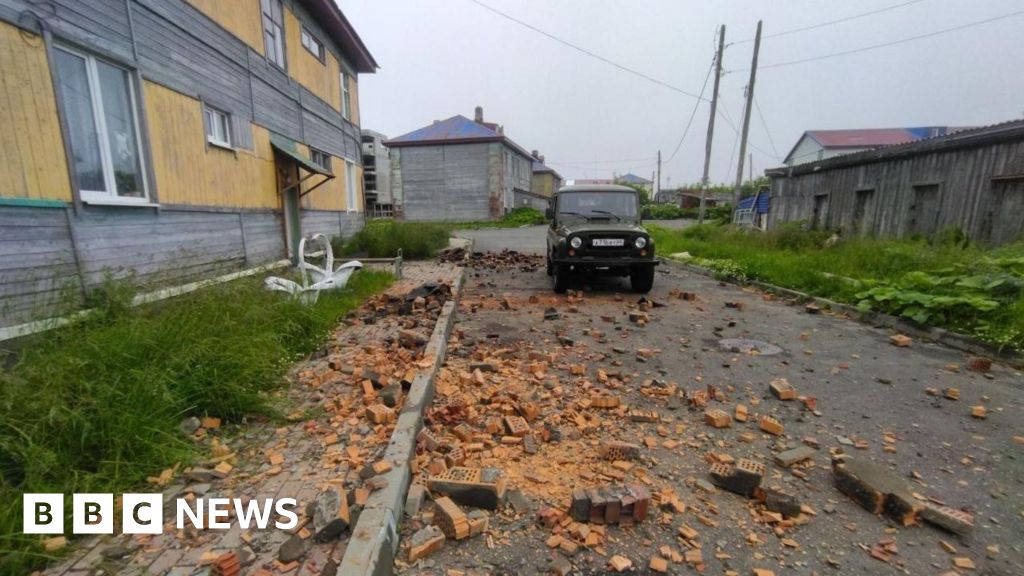Kamchatka Earthquake: Why the Powerful 8.8 Magnitude Tremor Didn't Trigger a Devastating Tsunami

A massive 8.8 magnitude earthquake struck Russia's Kamchatka Peninsula recently, sending shockwaves around the globe. It was one of the strongest seismic events in recorded history, prompting widespread concern about a potentially catastrophic tsunami. Yet, surprisingly, the damage from tsunami waves was remarkably limited. But why? Understanding the factors that mitigated a larger disaster offers crucial insights into earthquake and tsunami science.
The Earthquake's Characteristics: A Key Factor
The earthquake itself was undeniably powerful. However, several geological characteristics played a role in minimizing the tsunami threat. Firstly, the earthquake's depth was significant – around 70 kilometers (43 miles). Deeper earthquakes tend to generate weaker tsunamis compared to shallower ones. This is because the energy released is dispersed over a larger volume of water.
Secondly, the type of fault rupture is critical. While the magnitude was high, the rupture didn't involve a significant vertical displacement of the seafloor. Tsunamis are most effectively generated by rapid, upward or downward movement of the ocean floor. A predominantly strike-slip fault (where the ground moves horizontally) produces less vertical displacement and, consequently, a smaller tsunami.
The Pacific Tsunami Warning System: Early Detection and Preparedness
The Pacific Tsunami Warning System (PTWS) played a crucial role in this event. Immediately following the earthquake, the PTWS detected the seismic activity and began monitoring sea levels. While initial models suggested a potential tsunami, subsequent data indicated that the waves would be relatively small. This allowed authorities to issue timely warnings and implement precautionary measures, such as evacuations in coastal areas. The system's effectiveness, combined with local preparedness, undoubtedly reduced potential harm.
Geographical Considerations: The Shape of the Coastline and Ocean Basin
Kamchatka's unique geography also contributed to the limited tsunami impact. The peninsula's coastline is complex, with numerous bays, peninsulas, and islands. These features can diffract and dissipate tsunami waves, reducing their energy as they approach the shore. Furthermore, the broad Pacific Ocean basin allowed the waves to spread out, reducing their intensity in any one location. A more enclosed bay or gulf would have concentrated the wave energy, potentially leading to more significant damage.
Lessons Learned and Future Preparedness
While the outcome was fortunate, this event serves as a valuable reminder of the complex interplay of factors that influence tsunami generation and impact. It highlights the importance of:
- Continued investment in seismic monitoring and tsunami warning systems: Accurate and timely detection is paramount.
- Improved understanding of earthquake rupture processes: This can help refine tsunami models and predict wave characteristics more accurately.
- Coastal community preparedness: Education, evacuation drills, and robust infrastructure are essential for mitigating tsunami risks.
The Kamchatka earthquake demonstrates that a high magnitude earthquake doesn’t automatically translate to a devastating tsunami. A combination of geological factors, effective warning systems, and geographical features can significantly reduce the potential for widespread destruction. However, vigilance and continued preparedness remain crucial for safeguarding coastal communities worldwide.






